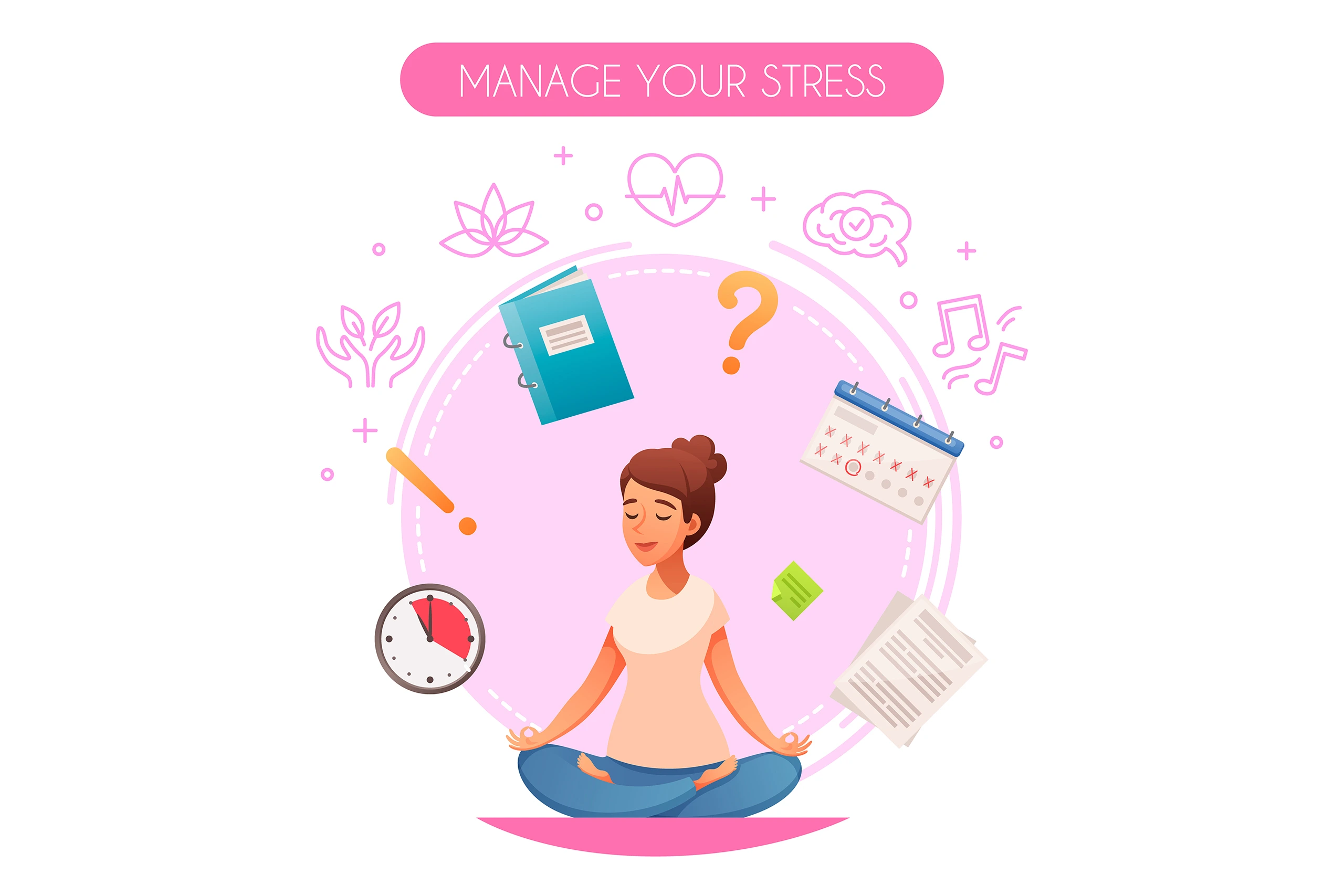In today’s hectic life, it’s simple to forget what we’re really feeling. Remaining in touch with yourself, your feelings, and how you deal with everyday difficulties is what emotional health is about. Emotional health has a big influence on your work, connections, and growth whether you are at the workplace or at home.
Fifteen simple but efficient emotional well-being workouts you may do to boost your mental health—wherever you are.

What is Emotional Wellness?
Emotional wellness is knowing your emotions, welcoming them, and appropriately managing them. Though not about always being happy, it is about being able to gracefully and confidently handle both highs and lows.
Your physical and mental health also gets better as your emotional well-being is strong. You can manage stress without being overwhelmed, sleep better, and feel more empowered.

Why Emotional Wellness Matters (especially at Work)
Your emotional wellbeing in the workplace influences everything, from your concentration and creativity to how you interact with your coworkers. Burnout, worry, and emotional tiredness might all follow from bad emotional health.
This explains why emotional health at work is no longer discretionary. More businesses are today prioritizing employee emotional well-being by means of flexible policies, checkins, and wellness initiatives.

15 Emotional Wellness Activities to Try Today
1. Mindfulness Meditation
Take 5-10 minutes a day to sit quietly and focus on your breath. Apps like Calm or Headspace make this easier. It helps reduce stress and sharpens focus.
2. Daily Gratitude Journaling
Every morning or night, write down three things you’re grateful for. It’s a small habit that builds a positive mindset over time.
3. Regular Physical Exercise
Movement releases endorphins—your body’s natural mood boosters. Even a quick walk or a 15-minute stretch can do wonders for your emotional self-care.
4. Digital Detox
Disconnecting from screens for at least an hour a day allows your mind to rest and helps reduce digital fatigue.
5. Nature Walks
Green time reduces stress and enhances emotional balance. Attempt to walk in a park or garden without distractions.
6. Creative Expression
Paint, write, sing, or play music—whatever your passion is. Creative expression allows you to communicate your emotions non-verbally.
7. Setting Boundaries
Practice saying no. Guard your time and emotional space by setting boundaries—particularly at work and in relationships.
8. Speaking to a Counsellor or Therapist
It takes strength to ask for help. A professional is there to walk you through emotions that you might struggle to deal with on your own.
9. Listening to Podcasts or Music
Inspirational podcasts or uplifting music has the power to change your mood right away and help with concentration.
10. Team-Building Activities at Workplace
Team meetings, games, or even group meals can promote connection and build trust in the workplace.
11. Doing Deep Breathing Exercises
Take a deep breath in through your nose, hold, and exhale slowly. Deep breathing helps anchor you when you feel anxious.
12. Reading Inspirational Books
Inspirational books with personal accounts, resilience, or motivation can provide emotional comfort and development.
13. Volunteering or Acts of Kindness
Assisting others, even if it is small, provides a profound sense of emotional satisfaction and meaning.
14. Being Around Loved Ones
Surrounding yourself with people who love you enhances empathy and emotional connection.
15. Weekly Self-Reflection and Check-Ins
Stop once a week and ask yourself: How am I feeling? What’s been weighing me down? What’s been good? This fosters emotional awareness.
How to Implement Emotional Wellness into Everyday Routine
- Begin small—choose 1 or 2 habits that come naturally.
- Stack habits—write in a journal after the things you love the most, meditate on lunch break.
- Utilize resources such as wellness apps, mood monitoring, or reminders to maintain consistency.
Creating mental wellness at work and home does not mean a drastic lifestyle adjustment—only regular, present moments.

Emotional Well-being at Work: Employer’s Role
Businesses need to take emotional well-being seriously. HR practices should encompass:
- Mental health days
- Flexible work schedules
- Professional counselling access
Certain companies now provide corporate wellness solutions for Mindfulness and mental health with emotional support tools and employee engagement platforms. Managers also contribute a big role by being empathetic and facilitating open discussions regarding emotional health.

Emotional Wellness vs. Mental Health: Main Differences
Though often used interchangeably, they’re not the same:
- Emotional wellness is managing your day-to-day emotions.
- Mental health encompasses emotional wellness but also encompasses conditions such as anxiety, depression, etc.
Both understandings enable us to create a firm basis for well-being.

FAQs
Q1. What are emotional wellness activities?
They are activities that work by helping you process and deal with feelings in a positive manner—such as journaling, meditation, or artistic expression.
Q2. How can I practice emotional wellness at work?
Make mindfulness breaks, participate in team activities, establish healthy boundaries, and experiment with journaling to maintain emotional equilibrium at work.
Q3. Are emotional wellness and mental health the same?
Not exactly. Emotional wellness pertains to everyday emotional equilibrium, whereas mental health encompasses a larger domain such as clinical disorders.
Q4. Can stress be reduced by doing emotional wellness activities?
Yes! Practice of wellness activities on a regular basis leads you to deal with stress more effectively and develops emotional resilience over time.
Key Takeaways
- Emotional wellness impacts all aspects of life—right from relationships to productivity.
- Easy emotional wellness activities can go a long way in enhancing your day-to-day mood and energy.
- Workplace emotional health needs to be supported by employers to establish a healthy work environment.
- Long-term mental well-being depends on consistency and gradual steps.
Looking to build a stronger emotional wellness culture at work?
Explore Our Services On Emotional Wellness
Your emotional health is important every day.
Click Here
